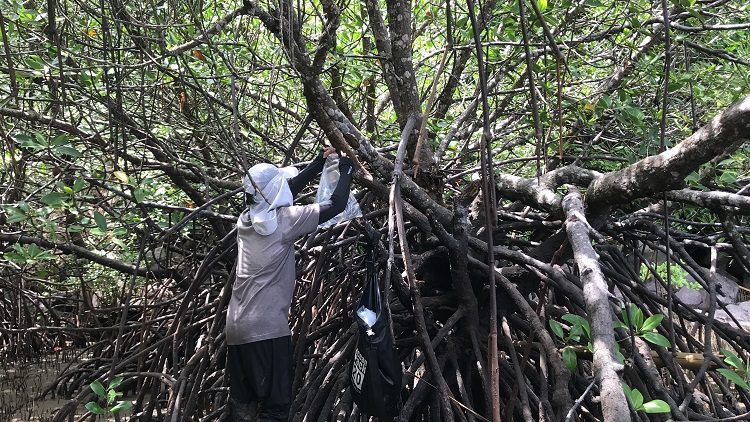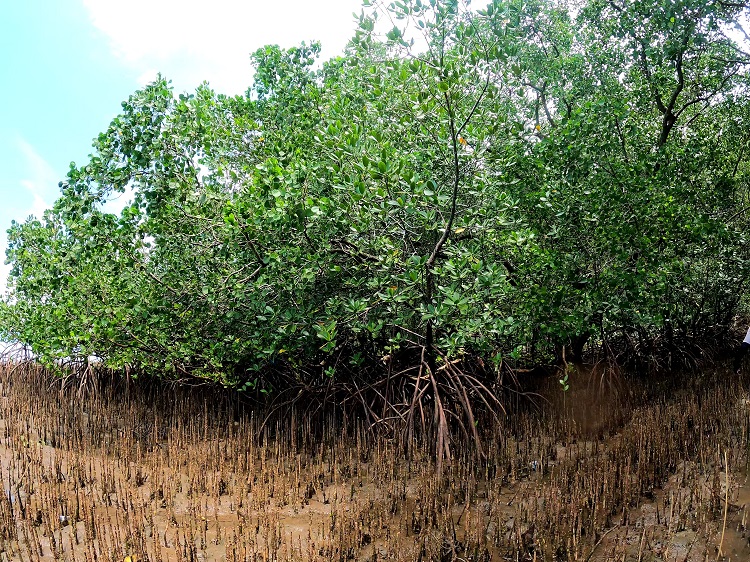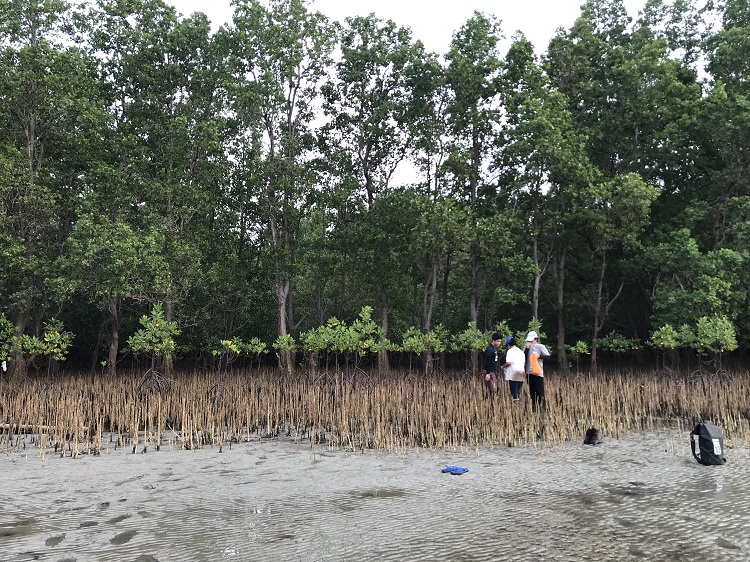PROPONENT AND FUNDER: Xavier University – McKeough Marine Center (XU-MMC)
Rationale:
Mangroves are vital wetlands thriving in the intertidal zones of over 118 countries (Giri et al., 2011; Spalding et al., 2010). They range from towering trees to shrubs, vines, ferns, and palms, uniquely suited to salt- and brackish-water environments (Tomlinson, 1986). These ecosystems are crucial for maintaining ecological balance, providing habitats for aquatic organisms, and acting as natural filters to enhance coastal water quality (Cuenca et al., 2015; Akram et al., 2023). They also protect shorelines from wave storms and flood damage (The Nature Conservancy, 2020).
However, mangroves face significant threats from human activities and natural events. In the Philippines, mangrove areas have dramatically declined to 311,400 hectares as of 2020, mainly due to habitat destruction for fishponds, charcoal production, and building materials (Forest Management Bureau, 2021; Buitre et al., 2019; Primavera, 1995). Therefore, a baseline assessment of mangrove species is essential for ecosystem protection and informed decision-making. This study aims to understand the current state of mangroves in Kinoguitan, Misamis Oriental, to develop effective conservation strategies and sustainable management practices.
Project Description and Objectives:
This project aims to conduct a comprehensive baseline assessment of the mangrove ecosystems in Kinoguitan, Misamis Oriental. Mangroves are critical for maintaining ecological balance, providing essential habitats for various aquatic organisms, and protecting coastal regions from environmental threats. However, these ecosystems face significant challenges from human activities and natural events, leading to a drastic reduction in their coverage. By assessing the current state of the mangroves, this project seeks to gather updated information to support effective conservation strategies and sustainable management practices. Specifically, the objectives are to characterize the mangrove species composition, quantify the structural attributes of mature mangroves (including Diameter at Breast Height (DBH), Height (H), and Basal Area (BA)), determine the species' relative abundance, and assess the overall biodiversity within the study area.
Expected Results:
The study is expected to provide a comprehensive inventory of the mangrove species in Kinoguitan, Misamis Oriental. It will assess the health and density of these mangroves, offering insights into their current state.
Some Sampling Photos:



